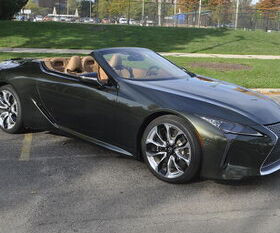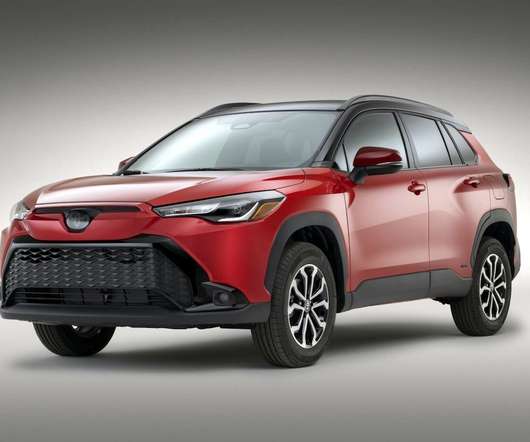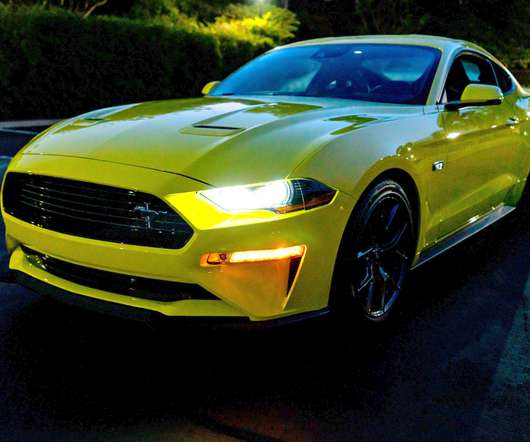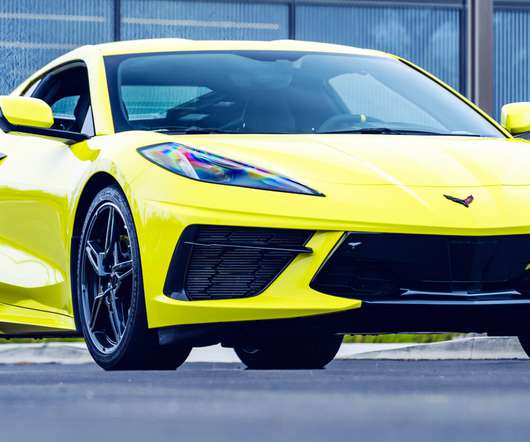Ford, DowAksa jointly to develop carbon fiber for high-volume automotive light-weighting applications
Green Car Congress
APRIL 17, 2015
Ford and DowAksa signed a joint development agreement (JDA) formally to advance research on cost-effective, high-volume manufacturing of automotive-grade carbon fiber, a material poised to play a significant role in the drive to make vehicles lighter. DowAksa is expanding on Aksa’s existing carbon fiber production assets.











































Let's personalize your content